The United Nations declared 2012 the International Year of Co-operatives and Australia marked it as…
Farmers and the future of bioenergy
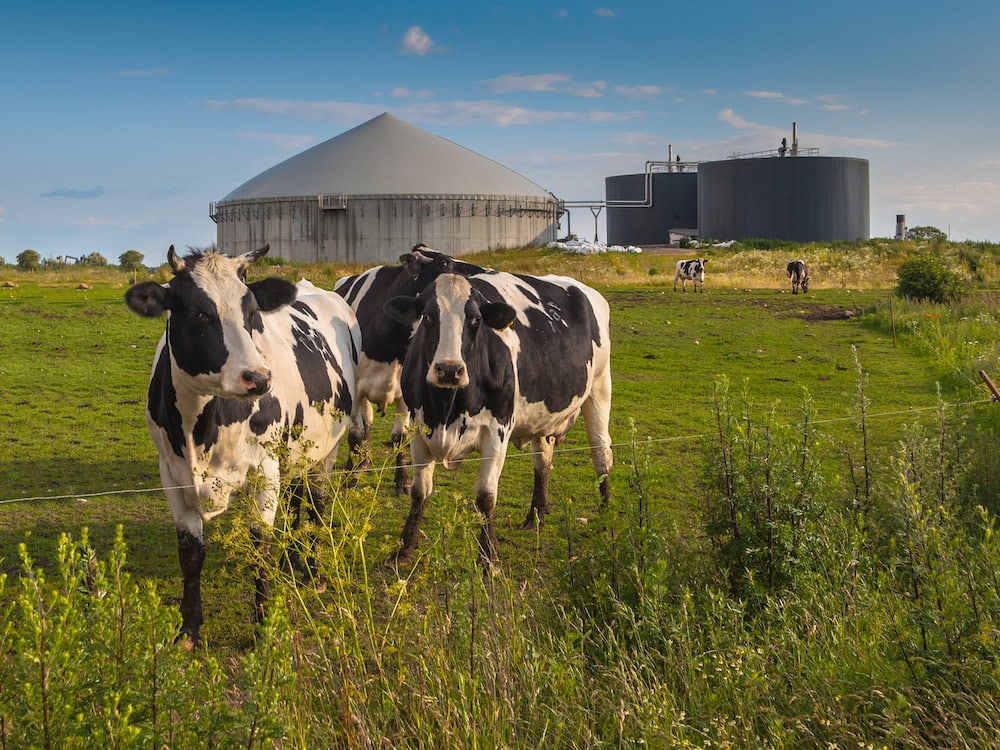
When it comes to climate change, here in Australia it�s clearly no longer business as usual � at least at the business end of town. BHP announced in August that it is exiting from all its oil and gas projects, while the treasurer Josh Frydenberg told the Guardian Australia�s politics podcast that the assessment of carbon risk was now �influencing global capital markets in a significant�way�.
In response to the IPCC report, the World Biogas Association (WBA) � the global trade association for the biogas, landfill gas and anaerobic digestion sectors � stated that anaerobic digestion is �dangerously overlooked� as an immediate climate solution.�
The WBA has renewed its call for the potential of the biogas industry to be �urgently unlocked� so that it can help deliver the �rapid reductions in greenhouse gas emissions and, in particular, methane� that the IPCC says is needed to address the climate emergency. Indeed, the International Energy Agency�s (IEA) forecasted renewables report identified bioenergy as an �overlooked giant� within the renewables space.
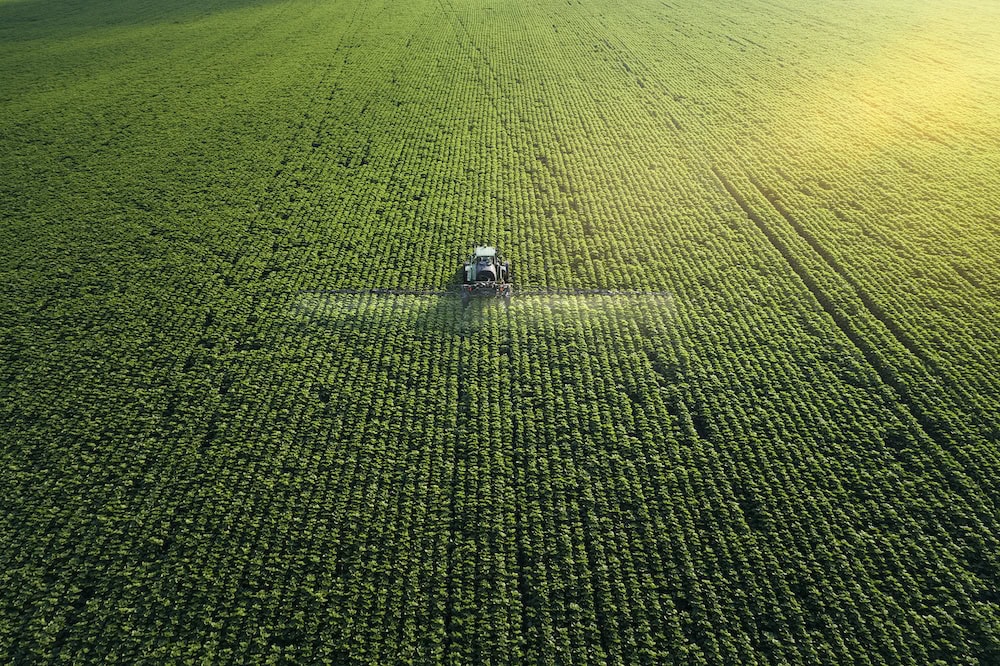
While bioenergy already contributes about 7 per cent of the energy production in other OECD countries, it wasn�t until November 2019 that the Australian Renewable Energy Agency (ARENA) announced that it would begin work on development of a Bioenergy Roadmap to identify the role the bioenergy sector can play in Australia�s energy transition to help us meet our emission reduction obligations.
For more than 15 years, farmers across the EU, the UK and the US have benefitted from government incentives and subsidies that have developed their biogas and biomethane industries.
Today, ARENA�s completed but yet-to-be-released roadmap could have the potential to offer Australian farmers a similar opportunity to not only make a significant reduction to Australia�s greenhouse gas emissions but also to create new income streams by converting methane into green bioenergy.
This could dovetail well with the National Farmers Federation (NFF) target that 5 per cent of the agricultural sector�s income will be derived from environmental services by 2030, and the entire sector will be carbon neutral by 2050. However, early indications are that ARENA�s Bioenergy Roadmap will have limited benefits for the agricultural sector, which is a huge missed opportunity for Australian farmers.
The bioenergy story overseas
The experience in Europe, the UK and the US shows that the bioenergy industry, as with many nascent technologies, needs government support and favourable policy settings to be competitive, at least in the developmental phase.
The EU is the largest producer of biogas and biomethane in the world today. According to Harmen Dekker, Director of the European Biogas Association, in 2019 � 19,668 biogas conversion plants (725 of which are biomethane plants) produced 193TWh of energy (as much as the natural gas consumption of Belgium). About 60 per cent of these plants convert residue from the agricultural industry, including animal effluent, residual crops and agricultural waste.
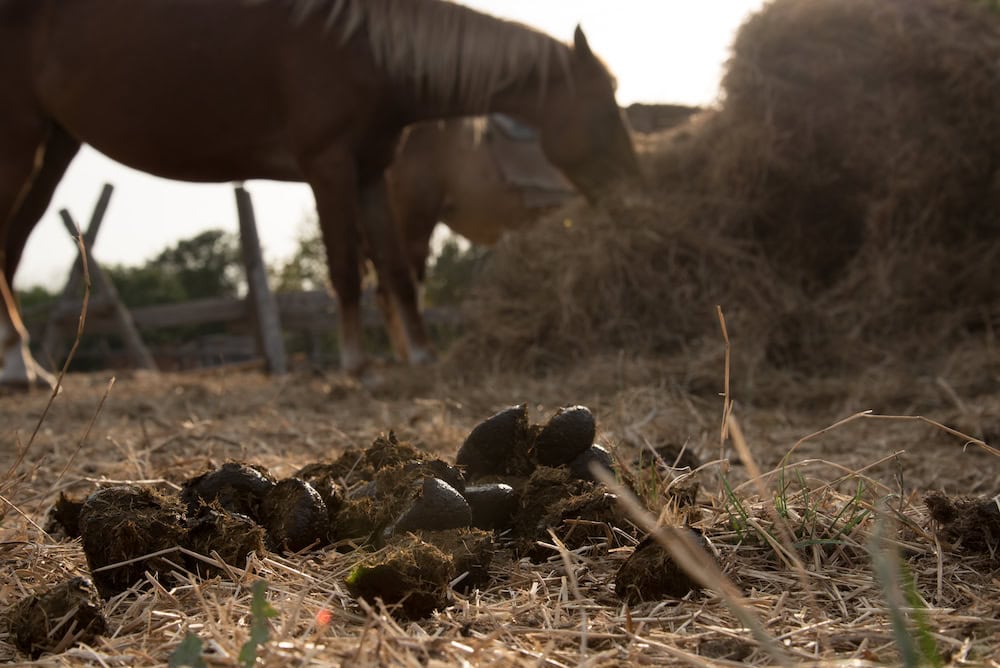
With more than 11,000 plants (of which about 10,000 are farm-based), Germany has the highest concentration of biogas plants in Europe. It also has the highest share of biomethane plants (232), followed by France (131) and the UK (80). Biomethane is primarily used for transport (BioCNG/BioLNG), heating and industry.
�The agricultural sector is playing an important role, not only in providing the needed sustainable feedstock but also because biogas and biomethane production contributes to ecological farming and carbon sequestration in the soil,� says Harmen. �As such, it is a true circular model with many added benefits, which many other renewable energy sources do not possess.�
In the UK, according to Jocelyne Bia, Senior Communications Consultant with the Anaerobic Digestion and Bioresources Association (ADBA), 380 of the country�s 640 anaerobic digestion plants accept agricultural waste, and 74 of these are upgrading biogas to biomethane.�
Patrick Serfass, Executive Director of the American Biogas Council, says that there are 2,200 sites producing biogas in all 50 states of the USA, 270 of which are anaerobic digesters on farms. These range from small farms such as a 130-cow dairy in Wisconsin and a 400-cow dairy in California to a 650-swine piggery in Utah and a 2,400-herd cattle ranch in Indiana to a 160,000-bird poultry farm that co-digests agricultural residues, beverage and distillery wastes, dairy processing wastes, fats, oils, greases, food processing wastes, and slaughterhouse waste. More than 70 per cent of these digesters are located on dairy farms.
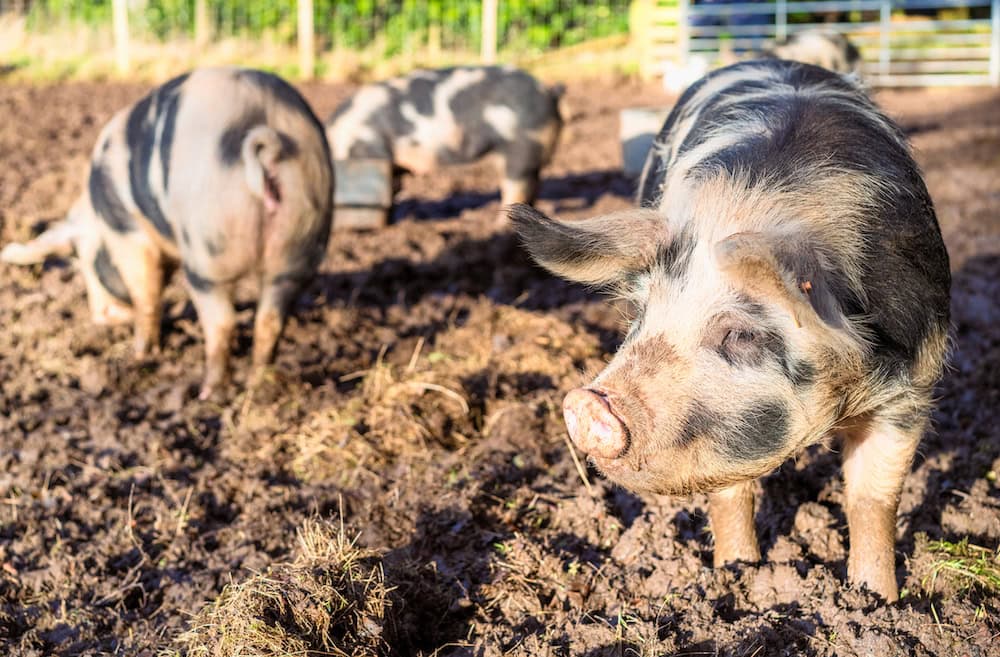
A 2019 report commissioned by US Department of Agriculture (USDA) Rural Development BioPreferred program stated that the total contribution of the bio-based products industry to the US economy was $470 billion in 2017. It also offered data that bio-based products displace about 9.4 million barrels of oil a year in the US. According to the American Biogas Council, the construction and operation of biogas plants in 2016 supported around 7,000 jobs in the country.
Current state of play in Australia
In April 2020, ARENA announced that it was seeking input from stakeholders in Australia�s bioenergy sector to underpin the development of the Bioenergy Roadmap to help inform the next series of investment and policy decisions in the Australian bioenergy sector.
In late 2020, the Minister for Energy and Emissions Reduction, Angus Taylor, prioritised the development of an Emissions Reduction Fund (ERF) for biomethane to help facilitate the Bioenergy Roadmap. Using a co-design approach involving industry, end-users and scientists, the Federal Government�s Clean Energy Regulator (CER) has led the work to develop a method to enable crediting of carbon abatement from biomethane produced from organic waste and its use as a natural gas substitute.�
That method builds on the five existing ERF waste methods: from landfill gas, source-separated organic waste, wastewater treatment, alternative waste treatment, and finally animal effluent (the only one relevant to the agricultural industry).
Eighty-six percent of the agricultural waste produced in Australia will not qualify for credits under the ERF, according to a Deloitte report on decarbonising Australia�s gas distribution networks. And only effluent from piggeries and dairies qualify for ERF credits, in addition to abattoir waste.
While about 20 piggeries in Australia (15 per cent of the national pig herd) have operating biogas (not clean biomethane) systems, the dairy industry has just one trial biogas project using waste from 19 dairies in Nowra on the South Coast.�

Under the current parameters of the ERF waste methods, there will effectively be no carbon abatement credits for biomethane produced from poultry waste, beef cattle and other animal effluent, or from other agricultural waste such as sugar cane, cotton, wheat, canola, sorghum, and other grains and pulses.
After a wide range of public consultation facilitated through Bioenergy Australia (the national industry association) the Bioenergy Roadmap has now been completed, but no date has been announced for its release.
On 1 October 2021, the Minister announced that the government will undertake research to enhance the biomethane method to include agricultural waste in future revisions of the method. While a step in the right direction, more needs to be done to accelerate the potential benefit that this resource can provide industry participants.
Mark Jonker, CEO of Helmont Energy, a bioenergy consulting firm based in Brisbane, worked for many years developing bioenergy projects in the US. He has been a key industry advisor for Bioenergy Australia and has supported the CER through the co-design process under the ERF.�
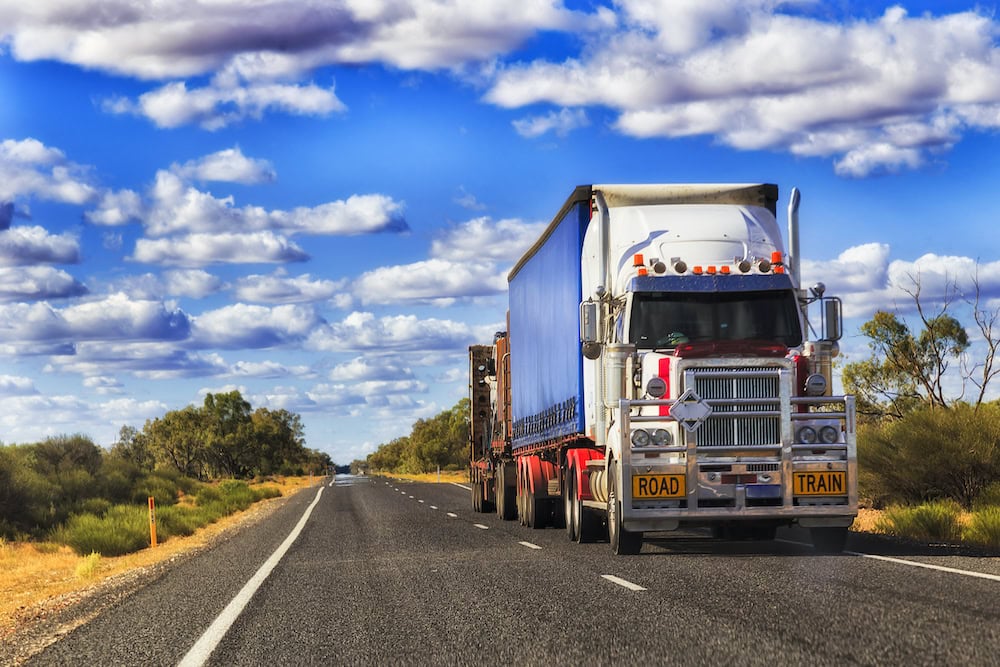
�If I didn�t have first-hand experience with the bioenergy sector in America, I would never have known the scale of opportunities that are available,� he says. �It�s a bit like the Wild West there all over again. I�m passionate about Australians being able to benefit from these innovations.
�The CER has focused on broad categories of organic waste but has excluded a large amount of agricultural waste, such as poultry and cropping waste, because it would take time to develop methods to process these in Australia, even though these systems are already available and operational in Europe and the US,� he says.
�The Minister has established a very tight timeline to develop the ERF and is focusing mainly on landfill, sewerage and alternative waste. Sadly, this is a one-off opportunity for Australian agriculture, and much of this industry is going to miss the boat.
�The creation of energy from all agricultural waste reduces the emissions otherwise produced from fossil fuels. In addition, some crop waste (for example when sugar cane is burned) produces emissions. Therefore, converting that waste into biomethane also contributes to carbon abatement,� he explains. �Biomethane production also needs scale to be economic. Expanding the sources of agricultural waste helps the sector become more commercially viable.�
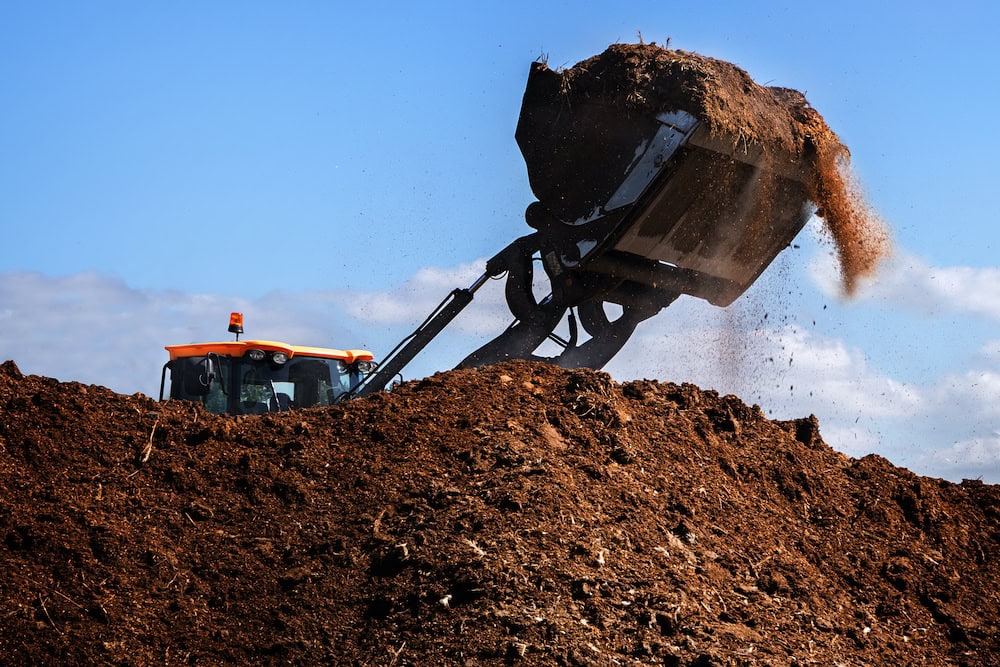
Trip Allen is Director of BTS Biogas Asia Pacific. BTS Biogas is a veteran 20-year-old biogas technology and services company headquartered in Italy, with more than 200 projects across the world. Trip has three new projects in the works in Australia, two in Japan and two in Indonesia.
�There are no barriers in Europe or the US on the conversion of any agricultural waste to attract carbon credits and there are also plenty of carbon credits available across these regions,� he says. He believes a similar approach is necessary for the bioenergy sector to reach its full potential in the Australian agricultural industry.
�While BTS has, in Europe, historically worked on single-farm agricultural projects combining animal effluent with agricultural crop waste, larger bio-hubs that source feedstock from multiple farms and other sources are becoming more common,� explains Trip. Examples include a project in the UK that combines poultry litter, rye silage, and sugar beet waste into biomethane, and a project in France that converts pig slurry and food waste into biomethane.
�The problem with animal (especially pig) effluent as a feedstock is that it is very watery. You really need to combine it with other drier feedstocks rather than having to process a lot of water, which is expensive and requires large, multiple tanks,� says Trip.
�Biogas companies look for feedstock with the highest gas yield to make the biogas facility more financially viable. Agricultural waste can have very good gas yields.�

In Australia, to date, the Federal Government has taken the approach of funding bespoke projects in the green energy space under the policy of pushing technology, not taxes. Indeed, over the past eight years ARENA has provided about $118 million in funding towards bioenergy projects across Australia. However, there will be little replication of these new technologies unless the government also provides industry incentives (such as the Environmental Protection Agency�s Renewable Fuel Standard in the US, or by guaranteeing a premium purchase price for biomethane as in France) to support a market mechanism for new green entrepreneurs to thrive.�
As BTS�s Trip says, �International biogas companies are a bit hesitant to invest too much in Australia because of the feedstock restrictions on agricultural waste. It gives the impression that the Australian market is not ready.�
There is also currently a lack of consistent policy support at the federal, state, agency and local council level, with bioenergy straddling several portfolios. For the bioenergy sector to really take off in Australia, bureaucratic foot dragging and regulatory barriers need to be replaced by fresh thinking and incentive support. Agricultural waste, for instance, should no longer be classified as industrial waste; natural gas pipelines should be able to accept green natural gas; and biomethane should be classified as a zero emissions gas.
Equally significant is the importance of raising awareness across the agricultural sector not only about the carbon emissions abatement value of bioenergy, but also the possibility of additional income streams for the farming sector, with detailed examples of what is already happening overseas.
The disposal of agricultural waste has long been viewed as a logistical, financial and environmental burden for farmers. With the demands for innovation presented by climate change, Australia�s increasingly nimble and technologically sophisticated agricultural sector should have the opportunity to reimagine how these waste streams could be converted into biomethane, electricity, and bio-fertiliser, thereby reducing carbon emissions as well as creating economic growth for regional Australia.
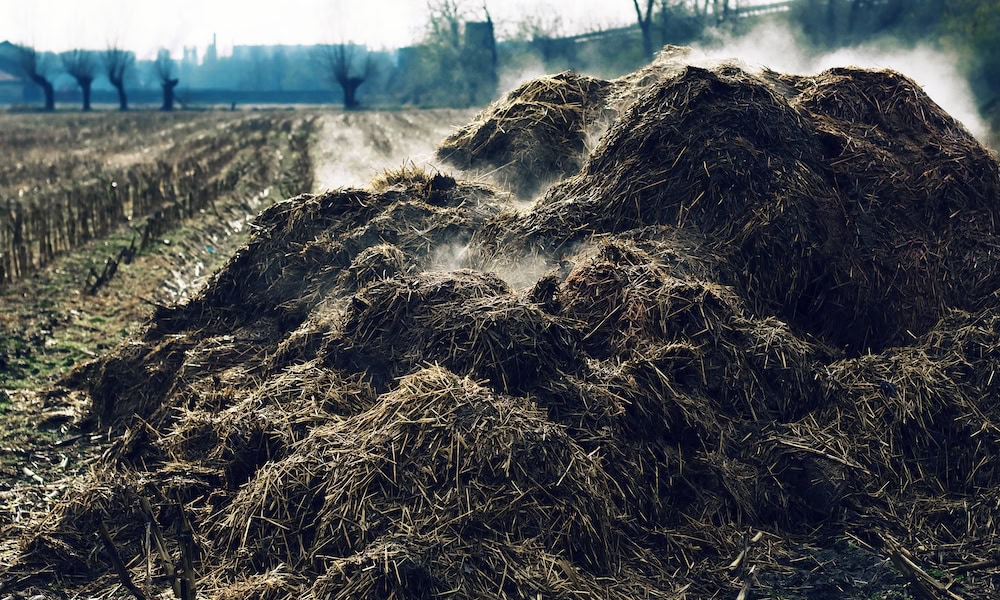
Australian-first biogas plant will use �poo power�
With $3 million of federal government funding, a $17 million biogas plant is being built by Innovating Energy on a dairy farm near Nowra. It will convert manure from 19 dairy farms as well as food waste from the surrounding community into methane gas, which will generate electricity to help power the participating farms as well as providing them with organic fertiliser and purified water. The project will take around 12 months to become fully operational. Minister Taylor recently visited the site and announced the second round of funding ($15 million) for 20 similar energy projects across�Australia.�

What is bioenergy?
Bioenergy is a form of renewable energy generated from the conversion of biomass into heat, electricity, biogas and liquid fuels. Biomass is organic matter derived from agriculture, forestry or waste streams including combustible components of municipal solid waste.
Biomass can be converted to bioenergy using a range of technologies depending on the type of raw material, scale/size of the project, and form of energy to be produced. For the agricultural sector, benefits not only include emissions reductions but also involve turning waste into valuable resources including organic fertiliser, creating additional income streams from power generation, and improving air quality.
While biogas can be used to power farms on site, purified biomethane is a renewable alternative to natural gas that can be injected into the gas grid as well as providing renewable fuel for the transport sector, especially heavy vehicles and vessels.
If you enjoyed this feature, you might like our story on soil carbon.








